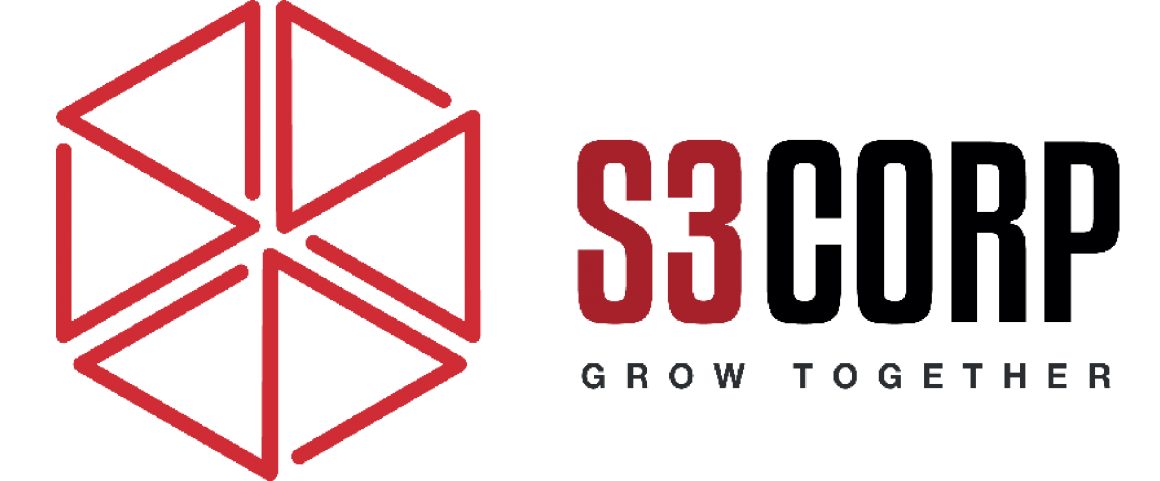Presence Learning: Transforming Special Education Through Technology
— November 25, 2016
Presence Learning, based in San Francisco, is a leading company revolutionizing how technology can address challenges in special education. Founded by Clay Whitehead and Jack Lynch, the organization combines telemedicine with online learning to deliver innovative and accessible therapy solutions. Their work underscores a mission to improve the lives of individuals with disabilities, fostering better educational and developmental outcomes worldwide.
The Inspiration Behind the Mission
Clay Whitehead, one of the founders, brings a personal perspective to Presence Learning’s mission. Having struggled with dyslexia as a child, he experienced firsthand the barriers that individuals with learning differences often face. This lived experience fuels his commitment to finding effective ways to help others. By embracing technology, Whitehead sought to create tools and systems that could overcome these obstacles, offering hope and opportunities to students facing similar challenges. This dedication serves as the foundation for the company’s vision, ensuring their services remain empathetic and impactful.
Collaboration as a Cornerstone
Presence Learning works closely with both schools and families, ensuring their services meet specific needs. The company employs licensed therapists and clinicians specializing in speech therapy, occupational therapy, and counseling. These professionals connect with students through an advanced web-based platform, enabling tailored therapy sessions that can adapt to individual goals. The approach is particularly valuable for those in rural or underserved areas, where access to specialized educational support is often limited.
This collaborative model extends beyond one-on-one interactions. Schools can integrate these services into their existing educational frameworks, creating a seamless experience for students and educators alike. By building these partnerships, Presence Learning ensures its offerings complement rather than replace existing resources, maximizing the impact of their technology-driven solutions.
Technology as an Empowerment Tool
One of the core goals of Presence Learning is to empower children with disabilities by giving them the tools they need to thrive. Their platform allows therapists to help students overcome communication barriers, develop critical cognitive skills, and improve social interactions. These skills are foundational for academic success and long-term personal growth.
Through real-time engagement, the platform enables clinicians to offer dynamic and responsive therapy. For instance, a speech therapist can use interactive tools to help a child practice pronunciation or sentence formation. Similarly, occupational therapists can guide students through exercises designed to enhance motor skills and daily functioning. This adaptability makes the platform versatile and impactful across various developmental needs.
Addressing Global Needs
Presence Learning’s vision is not confined to the United States. Recognizing the widespread need for accessible special education, the company aims to extend its services globally. In many countries, particularly in rural or remote areas, families struggle to access qualified therapists and tailored support systems. Presence Learning’s web-based approach bridges this gap, making it possible to deliver high-quality services without geographical constraints.
The company’s commitment to inclusivity aligns with broader global efforts to ensure equitable access to education. By leveraging technology, Presence Learning can connect with diverse populations, adapting its services to fit the cultural and linguistic contexts of the communities it serves. This approach not only broadens the company’s reach but also amplifies its impact on a global scale.
The Role of Technology in Shaping the Future of Education
As digital technologies continue to evolve, their potential to transform special education grows exponentially. Presence Learning exemplifies how innovative platforms can address complex challenges, creating solutions that were once considered unattainable. Their work highlights the importance of integrating technology into educational systems, particularly for populations that have historically been underserved.
The company’s efforts also pave the way for broader conversations about inclusivity and accessibility in education. As more organizations adopt similar approaches, the landscape of special education will likely become more diverse and equitable. By staying at the forefront of these advancements, Presence Learning is shaping a future where every child, regardless of ability or location, has the support they need to succeed.
Conclusion
Presence Learning is setting a new standard for special education by combining advanced technology with a deep commitment to accessibility and inclusivity. Their innovative approach has already transformed the lives of countless students, providing them with the skills and confidence to overcome barriers. With a focus on collaboration, empowerment, and global reach, the company continues to lead the charge in redefining what is possible for children with disabilities.
As educational needs grow more complex, companies like Presence Learning or S3Corp. demonstrate how technology can provide solutions that are both effective and scalable. Their work is a testament to the power of innovation in making education truly accessible for all.





